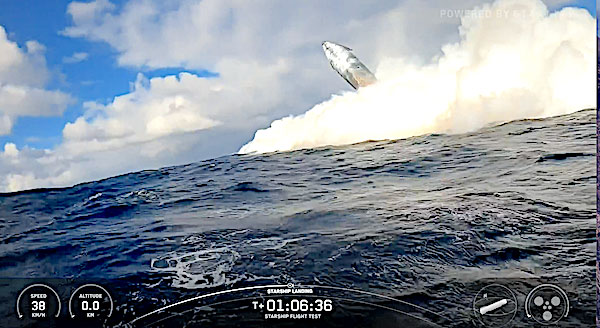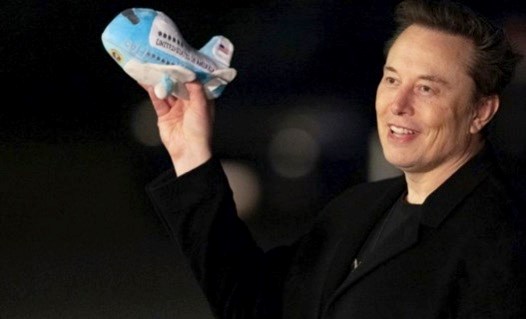Elon Musk’s SpaceX faced a dramatic setback when its Starship rocket exploded in a spectacular fireball upon reentry to Earth, scattering debris across the Caribbean and disrupting air traffic. The incident, which occurred during a test flight launched from Starbase, Texas, on January 16, 2025, has reignited debates about the risks of Musk’s ambitious space ventures. Despite the failure, SpaceX’s relentless pursuit of innovation continues to captivate the world, even as the fallout from this explosion raises questions about safety and progress.

The Starship, a colossal rocket designed to pave the way for lunar missions and eventual Mars colonization, lifted off carrying simulated satellites but met a catastrophic end just eight minutes later. As it reentered Earth’s atmosphere, the spacecraft lost contact with SpaceX’s mission control, disintegrating into fiery fragments that streaked across the sky near Haiti’s capital, Port-au-Prince. Social media buzzed with videos of glowing orange trails and smoke plumes, capturing the surreal spectacle. “We lost all communication—basically, it tells us we had a failure,” SpaceX’s communications director Dan Huot confirmed, acknowledging the spacecraft’s destruction.
The explosion’s impact extended beyond the skies, forcing dozens of commercial flights over the Gulf of Mexico to reroute to avoid debris. At Miami International Airport, departures were delayed by 45 minutes, with some flights diverted to other hubs, according to flight tracking data. The Federal Aviation Administration (FAA) temporarily slowed air traffic in the region, though normal operations resumed quickly. The incident, a rare case of SpaceX disrupting aviation, underscored the real-world consequences of its high-stakes tests.

This wasn’t Starship’s first mishap. In March 2024, a similar reentry failure saw debris fall over the Indian Ocean, but the January explosion’s proximity to populated areas amplified concerns. Earlier in 2025, a June test at Starbase resulted in a massive blast, with fragments reportedly crossing into Mexico. These setbacks highlight the challenges of Starship’s advanced design, which includes upgraded heat shields and control fins for reusable landings. Each failure, while costly, provides critical data for SpaceX’s iterative approach, rooted in Musk’s philosophy of “testing to the limit.”
Despite the explosion, Musk remained unfazed, posting on X that such failures are part of the journey to perfecting Starship. “Success isn’t guaranteed, but entertainment is!” he quipped, sharing a video of the glowing debris. The rocket is central to SpaceX’s plans, from deploying larger Starlink satellite batches to supporting NASA’s 2027 lunar mission, the first since Apollo. With 80% of U.S. orbital launches in 2024 and a projected $15.5 billion in revenue for 2025, SpaceX’s dominance is clear, even amid stumbles.

The incident has drawn scrutiny to SpaceX’s risk-tolerant approach, contrasting with competitors like Blue Origin, which prioritize caution. Critics argue that repeated explosions could delay NASA’s lunar timeline or raise safety concerns, especially after debris scattered near populated regions. Yet, supporters see these failures as necessary steps toward revolutionizing space travel. SpaceX is already preparing new Starship prototypes at its Starbase facility, with plans to test satellite deployments and orbital engine reignitions in future flights.
The fiery demise of Starship has sparked a mix of awe and alarm. As Musk pushes the boundaries of what’s possible, the world watches, torn between admiration for his audacity and concern over the fallout.




